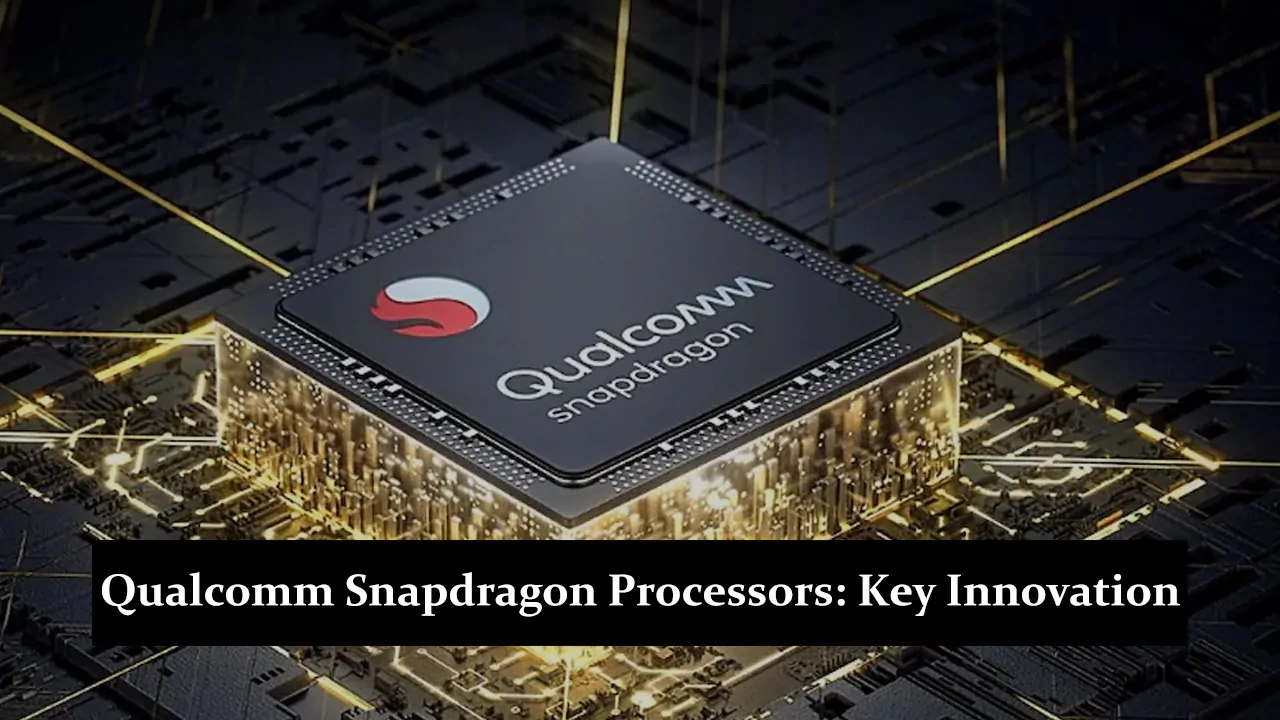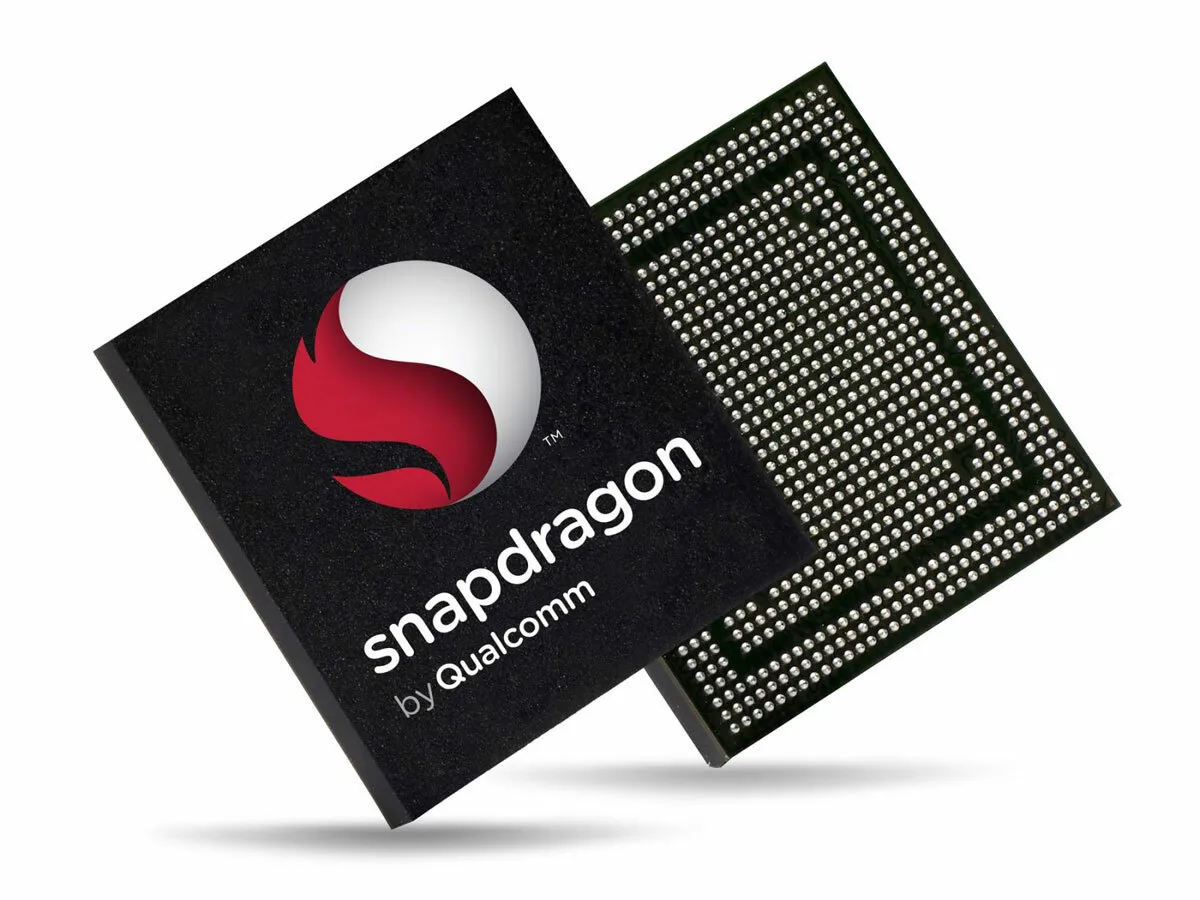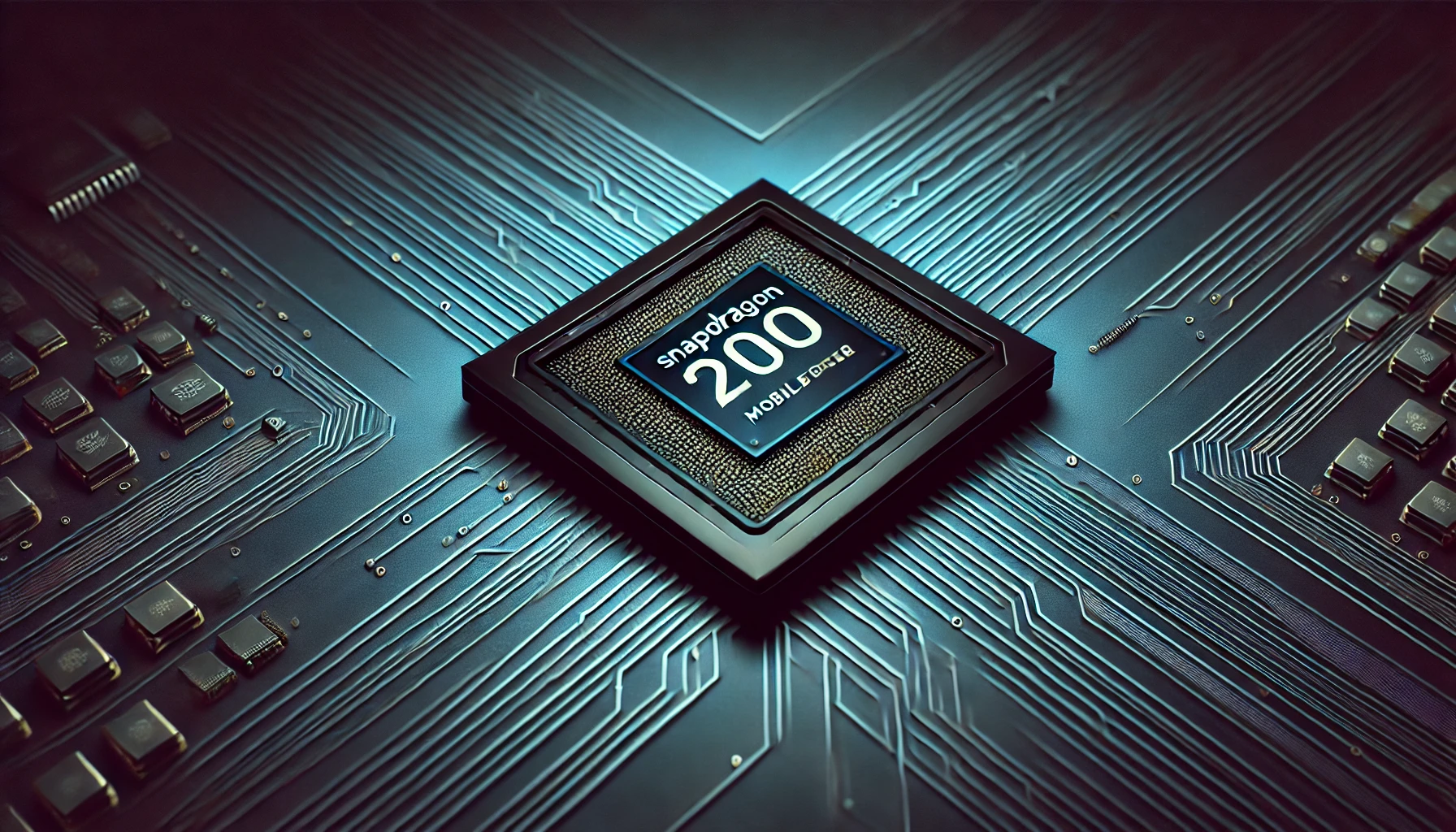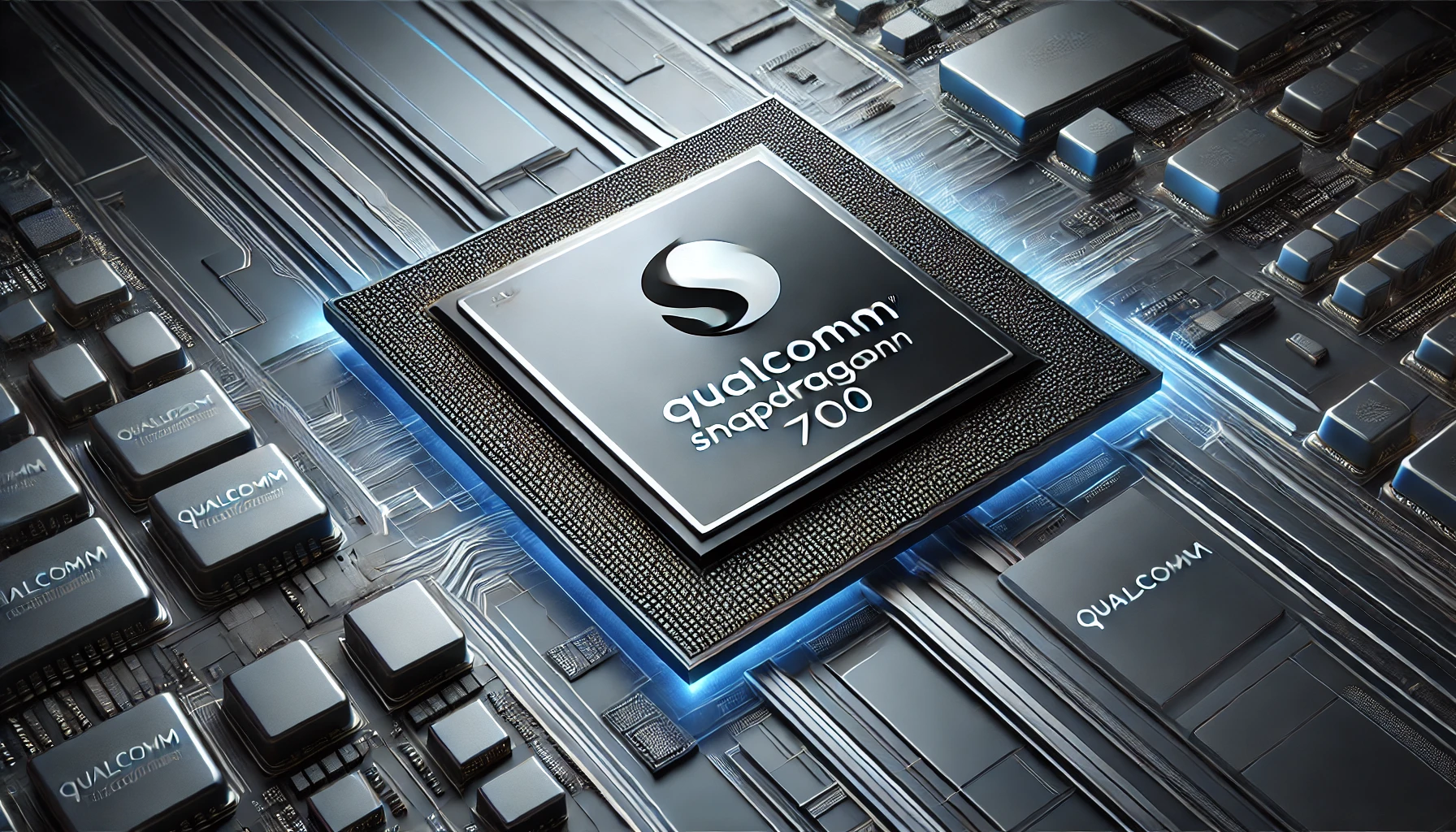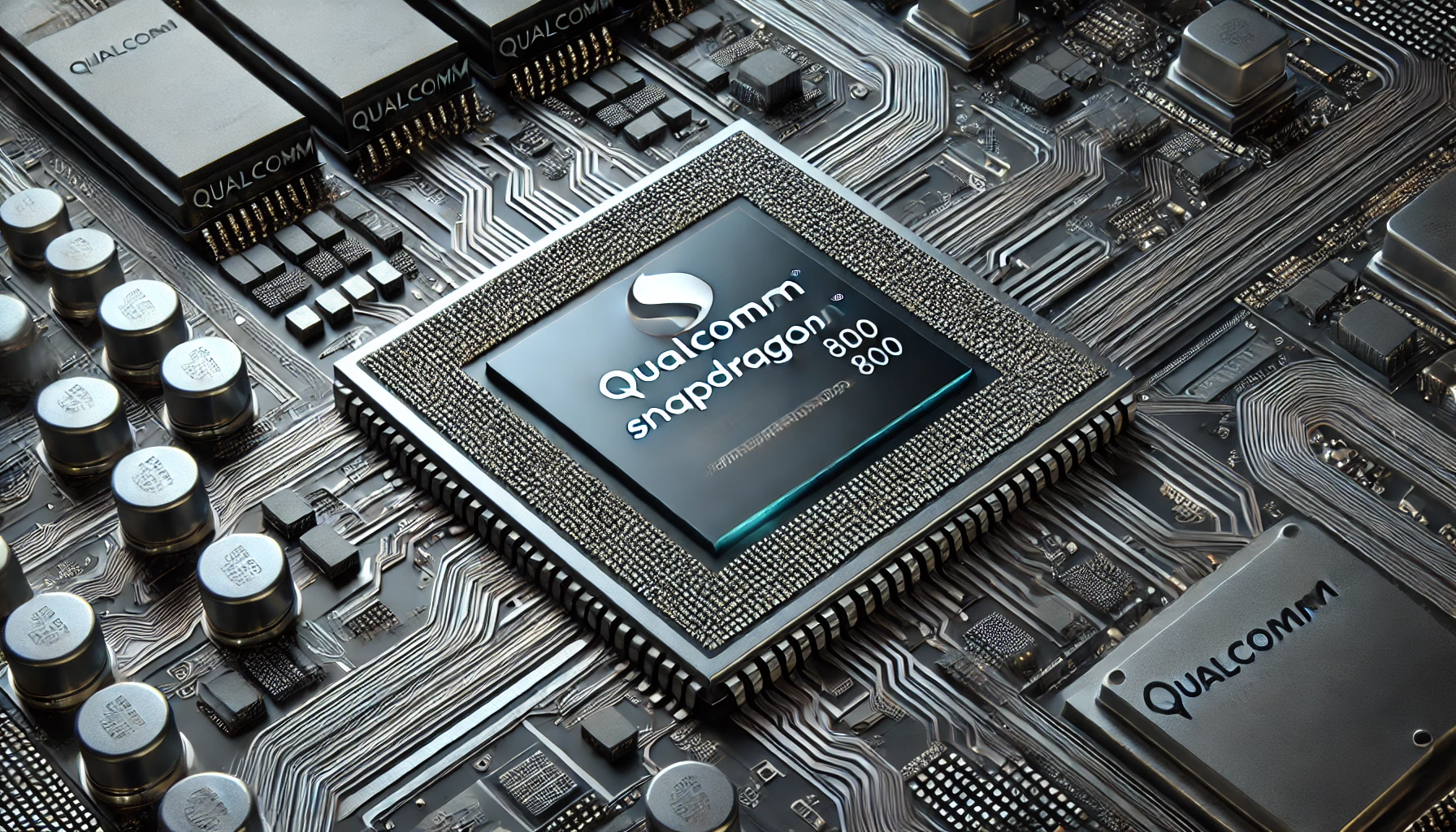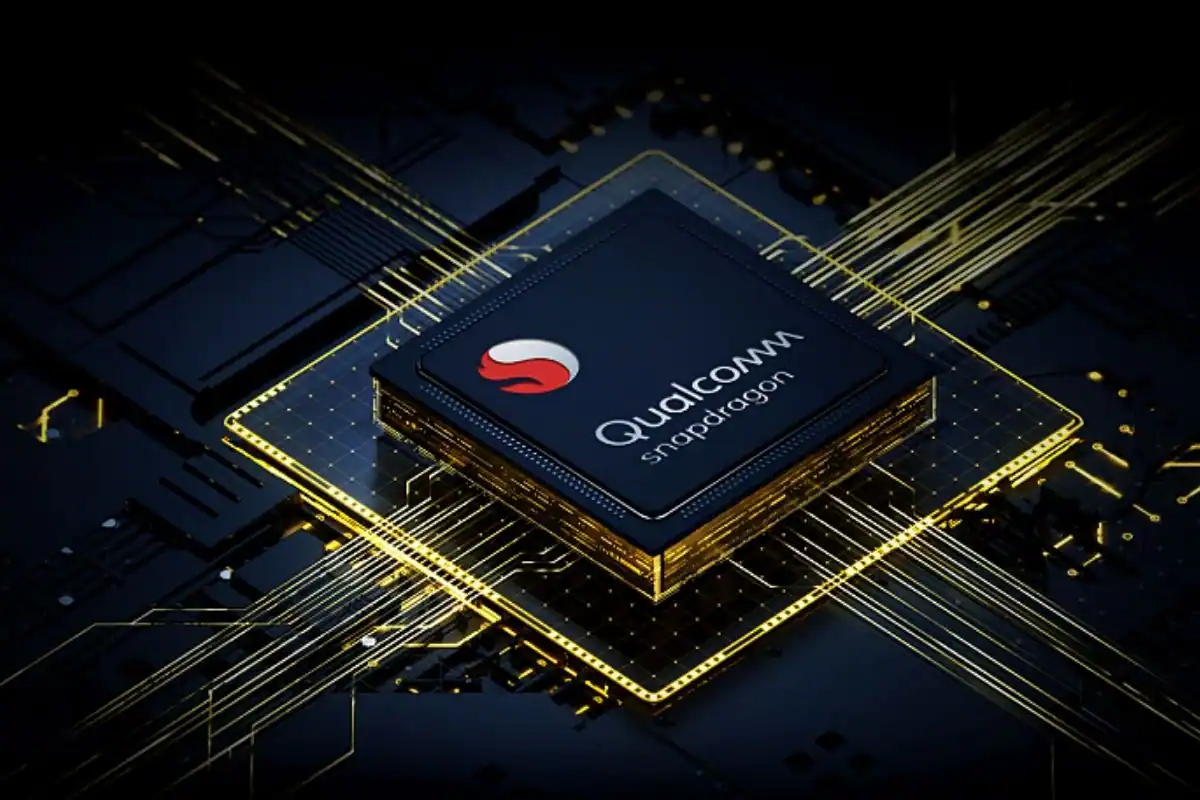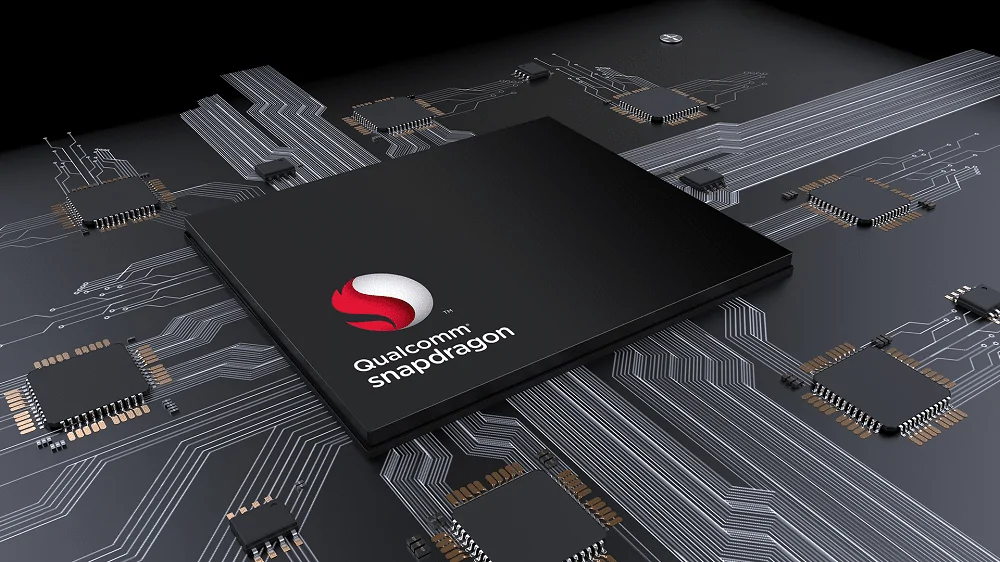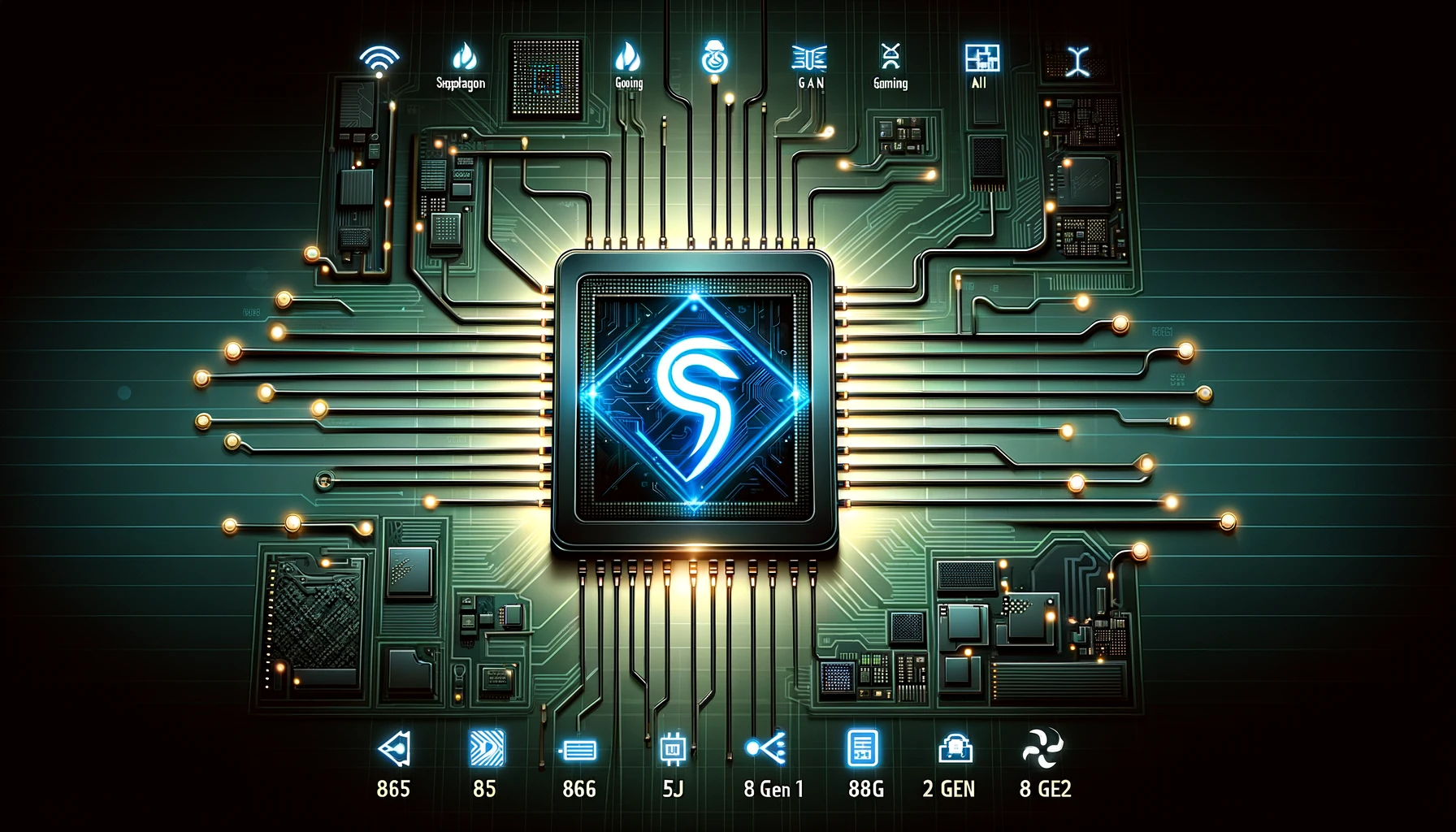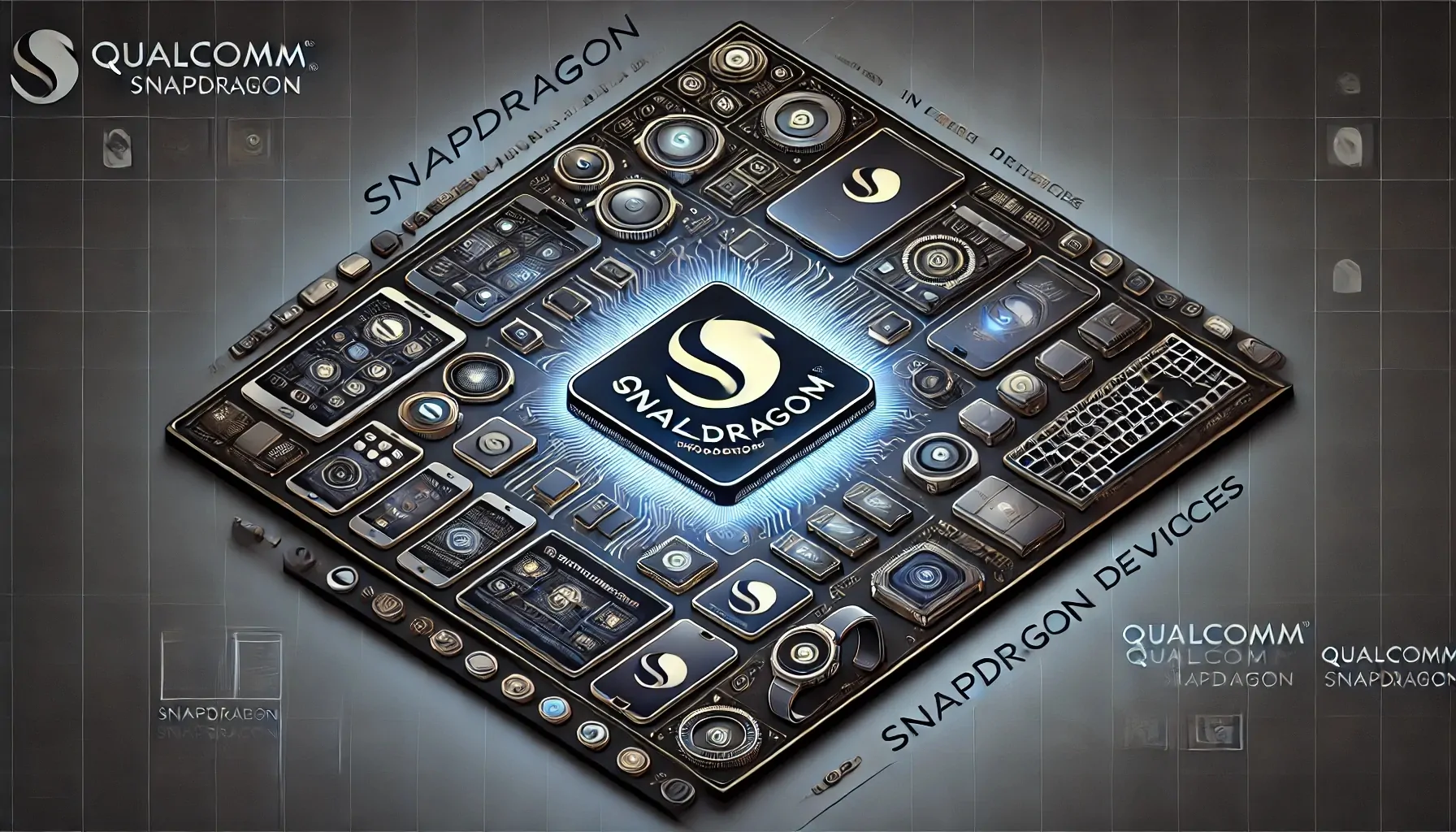Qualcomm Snapdragon processors are a key innovation by Qualcomm, a leading company in the tech industry known for its cutting-edge semiconductor and telecommunications solutions. The Snapdragon series has become synonymous with high performance and energy efficiency, playing a crucial role in powering a wide range of mobile phones, from flagship smartphones to budget models. These processors enhance user experiences through improved speed, connectivity, and battery life. This blog explores the significance of Snapdragon processors, their impact on the mobile industry, and what sets them apart from competitors.
History and Evolution of Qualcomm Snapdragon Processors
The Qualcomm Snapdragon series traces its origins back to 2007 when it introduced its first mobile chipset to enhance mobile computing and connectivity. Over the years, Snapdragon processors have evolved significantly, marking several key milestones. In 2013, the launch of the Snapdragon 800 series revolutionised mobile performance with its advanced processing capabilities and energy efficiency.
The subsequent introduction of 5G-compatible Snapdragon processors further solidified Qualcomm’s position as a leader in mobile technology. Each new iteration has pushed the boundaries of what mobile phones can achieve, making Snapdragon a household name in the industry.
Qualcomm Snapdragon Series
Qualcomm Snapdragon 200 Series: Entry-Level Essentials
The Snapdragon 200 series, introduced in 2013, is designed for the most affordable smartphones, focusing on providing essential functionality at a minimal cost. These processors are perfect for entry-level phones aimed at emerging markets, delivering basic performance for everyday tasks ensuring that even the most affordable smartphones can provide a satisfactory user experience.
Qualcomm Snapdragon 400 Series: Low-End Powerhouse
The Snapdragon 400 series, first released in 2013, targets the low-end smartphone market, offering a cost-effective solution for basic phone needs. These processors are ideal for entry-level devices, providing sufficient power for web browsing, social media, and multimedia consumption, making them popular in budget-friendly smartphones.
Qualcomm Snapdragon 600 Series: Mid-Range Excellence
Introduced in 2013, the Snapdragon 600 series is designed for mid-range smartphones, offering a well-rounded blend of performance and affordability. These processors are perfect for users who want reliable speed and power for everyday tasks without the cost of models. The 600 series has been a mainstay in mid-tier devices, delivering consistent performance for a broad audience.
Qualcomm Snapdragon 700 Series: High-End Performance
The Snapdragon 700 series, launched in 2018, is tailored for users seeking near-flagship performance at a more accessible price point. These processors balance speed, efficiency, and AI capabilities, making them ideal for smartphones. They offer many of the advanced features found in flagship models, making them a popular choice for consumers who desire premium quality without the premium price.
Qualcomm Snapdragon 800 Series: The Flagship Standard
Since its introduction in 2013, the Snapdragon 800 series has become the benchmark for flagship smartphones, offering the highest level of performance, advanced graphics, and superior connectivity. Designed for premium devices, this series consistently pushes the boundaries of mobile technology, delivering exceptional processing power and innovative features that define the top-tier smartphone experience.
Key Features of Snapdragon Processors
Performance
Snapdragon processors are renowned for their powerful performance, driven by high CPU speeds and multi-core processing capabilities. With advanced architectures and efficient processing, these processors ensure smooth multitasking and fast application load times, making them ideal for everyday tasks and demanding applications.
Graphics
The Adreno GPU integrated into Snapdragon processors delivers exceptional graphics performance, making them a top choice for mobile gaming. With support for high-definition displays and smooth frame rates, Snapdragon-powered devices offer a premium gaming experience and enhanced visual effects and rendering.
AI and Machine Learning
Snapdragon processors have on-device AI processing capabilities, enabling intelligent features like voice recognition, image processing, and real-time language translation. The AI Engine in Snapdragon processors enhances user experiences by optimising performance, improving camera capabilities, and enabling smart assistance features.
Battery Efficiency
Qualcomm has integrated power-saving technologies within Snapdragon processors to maximise battery life without compromising performance. Features like Quick Charge support allow devices to recharge rapidly, ensuring users spend less time plugged in and enjoy their devices more.
Camera Support
Snapdragon processors include advanced Image Signal Processors (ISP) that support high-resolution sensors and multiple camera setups. These capabilities enable features such as 4K video recording, ultra-fast autofocus, and enhanced low-light photography, ensuring that devices capture stunning photos and videos.
Connectivity
Snapdragon processors are at the forefront of mobile connectivity, supporting various technologies, including 4G, 5G, Wi-Fi 6, and the latest Bluetooth standards. This ensures that devices are equipped for fast and reliable connections, whether users are streaming content, gaming online, or staying connected.
Security
On-device security is a critical feature of Snapdragon processors, with technologies like the Qualcomm Secure Processing Unit (SPU) providing robust protection for sensitive data. This includes hardware-based encryption, biometric authentication, and secure storage, ensuring user information remains safe from potential threats.
Architecture and Technology
Snapdragon Architecture
Snapdragon processors are built on advanced ARM architecture, featuring custom-designed Kryo cores that perfectly balance power and efficiency. The architecture is optimised for high performance while maintaining energy efficiency, ensuring that devices can handle intensive gaming, multitasking, and high-definition media playback without draining the battery.
Adreno GPU Technology
The Adreno GPU is a cornerstone of Snapdragon’s graphics prowess, providing top-tier gaming and visual applications performance. The GPU architecture is designed to handle complex rendering tasks, offering smooth frame rates, vivid graphics, and support for high-resolution displays. This technology ensures that Snapdragon-powered devices excel in gaming, virtual reality, and other graphics-intensive tasks.
AI and Machine Learning Capabilities
Snapdragon processors have powerful AI and machine learning capabilities, driven by components like the Hexagon Digital Signal Processor (DSP) and the Tensor Accelerator. These technologies enable on-device AI processing, allowing for real-time applications such as image recognition, natural language processing, and predictive behaviour analysis. Integrating these AI capabilities enhances user experiences by making devices smarter and more responsive.
5G Connectivity and Modem Integration
Snapdragon processors are at the forefront of 5G technology, with integrated modems like the X50, X55, X60, and X65 setting new standards for mobile connectivity. These modems support ultra-fast download and upload speeds, low latency, and broad coverage, making Snapdragon processors ideal for next-generation mobile networks. The seamless integration of these modems ensures that devices are ready for the future of mobile communication, enabling high-speed internet, reliable video streaming, and real-time gaming experiences.
Impact of Snapdragon Processors on the Mobile Market
Dominance in the Android Market
Snapdragon processors have established a strong foothold in the Android market, powering most smartphones across different price segments. Their consistent performance, energy efficiency, and cutting-edge features have made Snapdragon the go-to choice for many leading Android manufacturers, from flagship devices to budget-friendly options.
Comparison with Competitors
Snapdragon processors stand out for their balanced performance and versatility compared to competitors like MediaTek, Apple’s A-series, and Samsung’s Exynos. While Apple’s A-series is known for its raw power, and MediaTek and Exynos offer competitive alternatives, Snapdragon processors deliver a blend of high performance, superior graphics, and robust connectivity, making them a preferred option for many OEMs and consumers.
Influence on Smartphone Innovation
Snapdragon processors have driven smartphone innovation, particularly in mobile gaming and 5G adoption. Their powerful Adreno GPUs have set new standards for gaming phones, enabling features like advanced graphics and high frame rates. Snapdragon’s early and strong support for 5G technology has accelerated the adoption of 5G smartphones, ensuring that users have access to the latest mobile connectivity and paving the way for new use cases in augmented reality, streaming, and beyond.
Snapdragon in Other Devices
Use in Tablets, Laptops, and Other Smart Devices
While Snapdragon processors are best known for powering smartphones, their versatility extends to many other devices, including tablets, laptops, wearables, and smart home gadgets. In tablets, Snapdragon processors provide the necessary power for smooth multitasking and media consumption, while in wearables and smart devices, they offer energy-efficient performance for extended battery life and reliable connectivity. This adaptability makes Snapdragon a key player in the broader connected device ecosystem.
Qualcomm’s Push into Always Connected PCs
Qualcomm has been at the forefront of the “Always Connected PC” movement, leveraging Snapdragon processors to power a new generation of laptops. These devices, equipped with Snapdragon chips, offer the benefits of instant-on capabilities, extended battery life, and built-in LTE or 5G connectivity, ensuring that users are always online without relying on Wi-Fi. This initiative by Qualcomm is reshaping the laptop market, providing consumers with portable, power-efficient, and continuously connected computing solutions that bridge the gap between traditional laptops and mobile phones.
Challenges and Competition
Challenges in Maintaining Market Leadership
- Need for continuous innovation and performance improvements.
- Balancing high performance with power efficiency.
- Keeping up with rapid advancements in 5G and AI technology.
- Managing production costs to remain competitive.
Competition with MediaTek Dimensity, Apple’s A-series, and Samsung’s Exynos
- MediaTek Dimensity’s growing presence in mid-range and flagship segments.
- Apple’s A-series processors offer superior processing power and efficiency.
- Samsung’s Exynos processors were particularly strong in markets where Samsung devices are dominant.
- The challenge of differentiating Snapdragon from these strong competitors.
Conclusion
Snapdragon processors have played a pivotal role in shaping the tech industry, driving innovation and setting new standards across various devices. As Qualcomm continues to push the boundaries of mobile technology, the future of Snapdragon looks promising, with advancements in AI, 5G, and energy efficiency leading the way. We look forward to seeing how Snapdragon will continue influencing the next generation of smart devices. We invite you to share your thoughts or experiences with Snapdragon-powered devices in the comments below—your insights are valuable to us!
